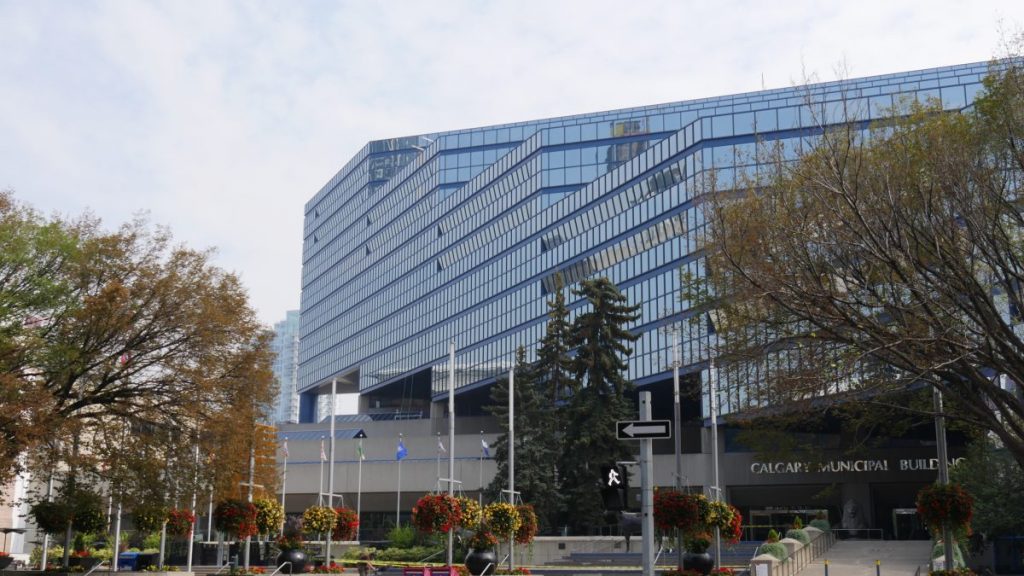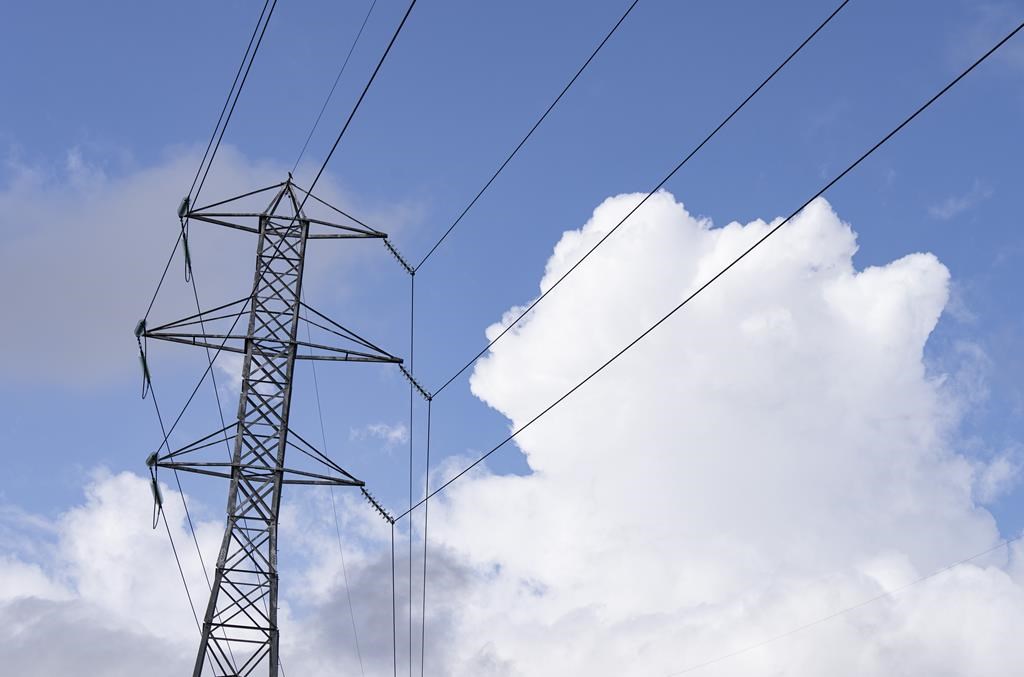The Latest on Nepal: Man pulled from rubble after 82 hours days drank urine to survive
Posted Apr 27, 2015 3:58 am.
Last Updated Apr 29, 2015 2:00 am.
This article is more than 5 years old.
10:30 a.m. (0445 GMT)
A man pulled from the rubble of a collapsed building in Kathmandu more than three days after the deadly Nepal earthquake says he drank his own urine to survive.
Rishi Khanal tells The Associated Press that he had given up all hope of rescue as his lips cracked and his nails turned white. There were dead bodies around him and a terrible smell. But he kept banging on the rubble all around him and eventually this brought a French rescue team that extracted him after an operation lasting many hours.
He’s now being treated for leg injuries at a hospital in the capital the day after French rescuers found him and brought him out from a collapsed hotel. He had been buried for 82 hours.
— Rishi Lekhi, Kathmandu, Nepal
__
9:15 a.m. (0330 GMT)
While many villages across Nepal are still waiting for rescue and relief teams, life in the capital, Kathmandu, is slowly returning to normal.
Municipal workers on Wednesday began cleaning the streets, and the “kalimati bazaar” — the vegetable market — has reopened. Before first light, truckloads of fresh produce were unloaded and customers began to arrive.
— Bernat Armangue, Kathmandu, Nepal
___
9:00 a.m. (0315 GMT)
Britain in sending additional 30 medics to treat the injured and heavy lifting equipment to move aid supplies off aircraft and ease congestion at Kathmandu airport.
International Development Secretary Justine Greening says the additional support brings the total U.K. response to the earthquake to 15 million pounds ($23 million).
___
8:00 a.m. (0215 GMT)
Thousands of people are lining up at bus stations in Kathmandu where the government is providing free transportation for people hoping to travel to their hometowns and villages. The government has even deployed school buses to supplement the overstretched service.
Many of the people from other districts who work in the capital have received little news of their families and loved ones since Saturday’s magnitude 7.8 temblor, which killed more than 4,700 people and devastated the infrastructure including communication lines.
Others are simply scared of staying on so close to the quake’s epicenter.
“I am hoping to get on a bus, any bus heading out of Kathmandu. I am too scared to be staying in Kathmandu. The house near my rented apartment collapsed. It was horrible. I have not gone indoors in many days. I would rather leave than a live life of fear in Kathmandu,” said Raja Gurung, who was leaving for his home in the mountains of west Nepal.
Suresh Sah, a construction worker from southern Nepal, said that when the quake hit, “the first thing I thought about was my son back in the village. I have been trying to leave but there was no bus available. I just want to hold my family.”
— Binaj Gurubacharya, Kathmandu, Nepal
___
8:00 a.m. (0215 GMT)
Aid agencies, including World Vision, say they face huge challenges as they respond to the weekend’s deadly earthquake.
World Vision says the death toll — now at 4,700 — will likely rise as response teams continue to trek to the most remote areas near the epicenter.
The group says aid workers are hindered by a congested airport in capital Kathmandu, impassable and destroyed roads which have left several remote villages still largely cut off.
The group says international aid agencies are also stretched thin as they respond to multiple humanitarian crises across the world including Syria and South Sudan,
Phillip Ewert, Operations Director for World Vision in Nepal, says, “we know the clock is ticking for those impacted by the earthquake in some of the most remote areas — aid is a matter of life or death for many at this point.”
— Binaj Gurubacharya, Kathmandu, Nepal
___
1:30 a.m. (1945 GMT)
Some Virginia-based organizations in the United States have joined the earthquake relief efforts in Nepal.
Operation Blessing International says it has brought several portable hand-held water treatment units developed by partner Aqua Research LLC. The device disinfects up to 80 gallons of water using only table salt and a single battery charge.
The Christian Broadcasting Network says it has humanitarian workers assisting authorities in Nepal with rescue efforts and other needs. The organization also plans to set up a medical outreach to treat the injured and provide temporary shelters for families whose homes have been destroyed.
Saturday’s magnitude-7.8 earthquake killed more than 4,700 people and injured over 8,000. .
Both Operation Blessing and the Christian Broadcasting Network are based in Virginia Beach
___
1:20 a.m. (19:35 GMT)
Guiding companies say all climbers on the Nepal side of Mount Everest have left the mountain and the climbing season is over following a deadly avalanche that swept through base camp following the huge earthquake in Nepal.
Gordon Janow is director of programs at Seattle-based Alpine Ascents International. He says most Everest summits occur between May 10 and 20, so it’s too late to think about trying to go back up the mountain before monsoon season.
The huge avalanche on Everest that killed 18 and injured dozens happened after Saturday’s magnitude-7.8 earthquake killed at least 4,600 people in the Himalayan nation.
Every year hundreds of people attempt to scale the world’s tallest mountain, with many paying tens of thousands of dollars to guide companies that attempt to get them to the 29,029-foot (8,850-meter) summit.
— Martha Bellisle, Seattle
___
12:05 a.m. (1820 GMT)
The U.S. State Department has identified the third of four Americans it had announced were killed in the Nepal earthquake.
Besides the two identified yesterday, State Department spokesman Jeff Rathke said Marisa Eve Girawong also was killed. Those announced Monday were Thomas Ely Taplin and Vinh B. Truong. The fourth has not yet been identified.
— Wendy Benjaminson, Washington
___
11:20 p.m. Tuesday (1735 GMT)
An official says Nepal’s earthquake was picked up as far away as Antarctica and Argentina by seismic stations that monitor the globe for underground nuclear testing.
The executive secretary of the Comprehensive Nuclear-Test-Ban Treaty Organization told reporters Tuesday that 70 stations in all detected Saturday’s magnitude-7.8 earthquake.
Lassina Zerbo says the monitoring stations can pick up the effects of an earthquake, but they are not able to predict one.
Zerbo spoke on the sidelines of a United Natinos gathering of world powers to discuss progress toward a world free of nuclear weapons.
— Cara Anna, United Nations
___










